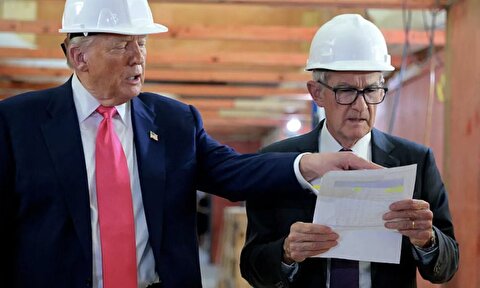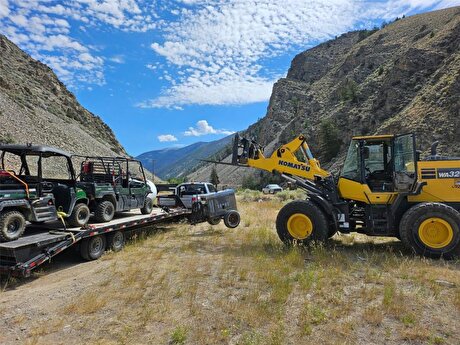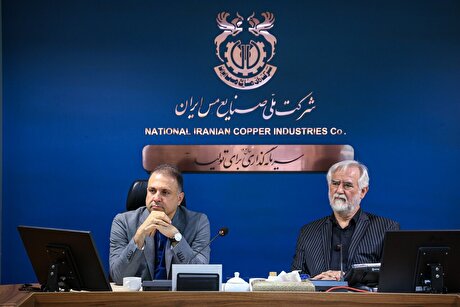
Copper Mountain mine’s mineral reserve expanded

The Copper Mountain mine is a conventional open-pit, truck-and-shovel operation located 20 kilometres south of Princeton in southern British Columbia, Canada.
Copper Mountain says it will continue to drill the resources at the mine as significant potential exists to further expand all the deposits at a low conversion and discovery cost
The updated mine plan and mineral reserve and resource resulted in a 12% increase in proven and probable mineral reserves to 477 million tonnes for contained metal of 2.47 billion pounds of copper and 1.55 million ounces of gold at average grades of 0.23% Cu and 0.10 g/t Au.
Total measured & indicated mineral resource at a 0.10% Cu cut-off grade was estimated in 598.8 million tonnes with 0.23% copper, 0.10 g/t gold, 0.73 g/t silver.
At the same time, the life of mine strip ratio was reduced to 1.58 from 1.81 and the mine life was increased by 4.5 years to 31 years at current planned production levels.
“We continue to grow the size and quality of the Copper Mountain mine mineral reserves. Over the last year we have integrated the New Ingerbelle pit and now we have increased and integrated the CMM North pit as well as optimized the CMM Main pit,” Gil Clausen, the company’s president and CEO, said in a media statement.
According to Clausen, the North pit brings low cost production given it is mineralized from surface and adjacent to the Copper Mountain mine’s mid-grade and low-grade stockpiles and the primary crusher.
“Notably, the North pit requires zero initial capital to develop and has a low strip ratio of 0.85 waste tonnes to ore tonnes, which, when combined with the new design optimizations of the established pits, decreases total life of mine strip ratio for the entire operation to 1.58 from 1.82,” the executive said.


Gold price eases after Trump downplays clash with Fed chair Powell

Copper price hits new record as tariff deadline looms

Brazil producers look to halt pig iron output as US tariff threat crimps demand

Chile’s 2025 vote puts mining sector’s future on the line

Gold price could hit $4,000 by year-end, says Fidelity

Three workers rescued after 60 hours trapped in Canada mine

US targets mine waste to boost local critical minerals supply

Glencore workers brace for layoffs on looming Mount Isa shutdown

Energy Fuels surges to 3-year high as it begins heavy rare earth production

Trump tariff surprise triggers implosion of massive copper trade

Maxus expands land holdings at Quarry antimony project in British Columbia

BHP, Vale accused of ‘cheating’ UK law firm out of $1.7 billion in fees

Southern Copper eyes $10.2B Mexico investment pending talks

American Tungsten gets site remediation plan approved for Ima mine in Idaho

Kinross divests entire 12% stake in Yukon-focused White Gold

Gold price could hit $4,000 by year-end, says Fidelity

Southern Copper expects turmoil from US-China trade war to hit copper

Ramaco Resources secures five year permit for Brook rare earth mine in Wyoming

Column: EU’s pledge for $250 billion of US energy imports is delusional

Trump tariff surprise triggers implosion of massive copper trade

Maxus expands land holdings at Quarry antimony project in British Columbia

BHP, Vale accused of ‘cheating’ UK law firm out of $1.7 billion in fees

Southern Copper eyes $10.2B Mexico investment pending talks

American Tungsten gets site remediation plan approved for Ima mine in Idaho

Kinross divests entire 12% stake in Yukon-focused White Gold

Gold price could hit $4,000 by year-end, says Fidelity

Southern Copper expects turmoil from US-China trade war to hit copper

Ramaco Resources secures five year permit for Brook rare earth mine in Wyoming














